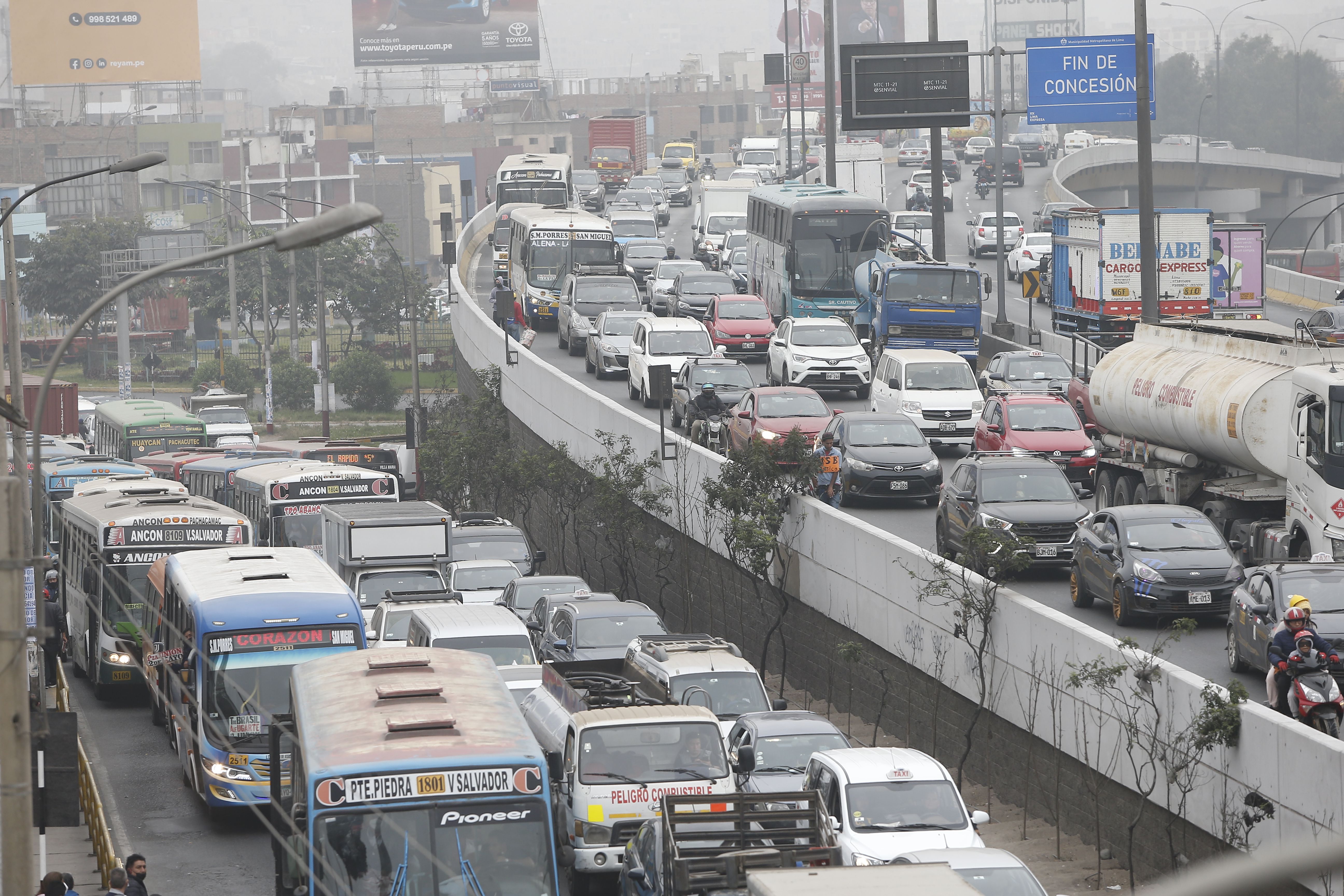Latin Americans spend an average of 92 minutes a day in traffic, which is equivalent to 25 days per year, according to data from the study ‘How to harness the power of urban mobility in Latin America and the Caribbean’, published by Visa, which also highlights the need to introduce payment methods with mobile devices to encourage the modernization and use of public transport.
“For people to begin to prefer public transport over private means of transport, programs and policies are needed that improve access and comfort, services with better coverage, a modern fleet of vehicles, shorter travel times and simpler payment options.”, explains the company in a statement.
The countries in the region with the highest penetration of contactless payment methods, such as cell phones or smart watches, are Chile (93%), Peru (88%) and Guatemala and Panama (80%).
According to Visa, a survey by the multinational among 75 companies around the world revealed that 80% detected an increase in passengers due to the involvement of universal payment systems, while 94% of public transport users expect contactless technology for your comfort.
Different payment options
In cities such as Rio de Janeiro (Brazil), Guatemala City and San José (Costa Rica), total transactions increased nearly 10% among users who began using cards on public transportation, while the reactivation of credit cards was promoted. trip that had been inactive for at least three months.
With universal or open-loop payment systems, passengers have the ability to pay securely and conveniently with the credentials they use to make other purchases at different merchants, the company says.
“Visa’s latest research found that 94% of public transport users now expect to be able to pay with ‘Tap-to-Ride’ (contactless) technology, while 83% of transport providers still do not have a plan to implement the technology, so it is clear that we are passing the tipping point“said the vice president of Andean Region Products and Urban Mobility Latin America and the Caribbean, Humberto Guihur.
“We are evolving into a world where consumers expect to be able to pay with a ‘tap’ (contactless) on public transport, so it is only a matter of time before systems adopt this technology”he added.
Sustainable urban mobility
The report also shows that in Latin America and the Caribbean, work has been carried out to reduce the carbon footprint, such as in Santiago de Chile, which has a fleet of 287 electric buses and eight charging terminals.
In Bogotá (Colombia) new charging stations will supply 379 electric buses and in Peru the first electric bus will be launched in October 2023.
In addition, these projects already include open-loop payment technology, which allows passengers to access with various methods, since “When users feel they can pay with their preferred card or app, they tend to travel more frequently because of the security and confidence this provides.”.
Source: Gestion
Ricardo is a renowned author and journalist, known for his exceptional writing on top-news stories. He currently works as a writer at the 247 News Agency, where he is known for his ability to deliver breaking news and insightful analysis on the most pressing issues of the day.












